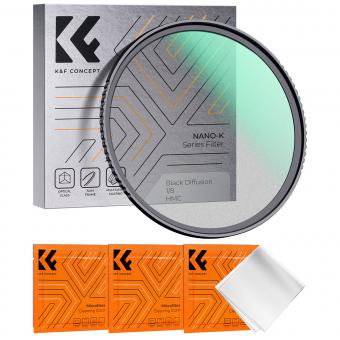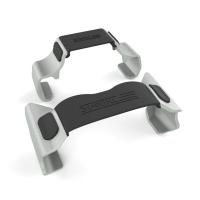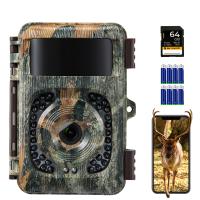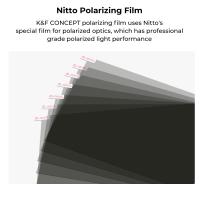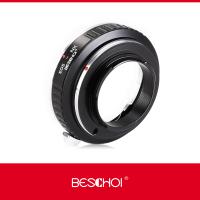How To Identify Epithelial Tissue Under Microscope ?
To identify epithelial tissue under a microscope, you can look for certain characteristics. Epithelial tissue is typically arranged in layers and forms the lining of various organs and body cavities. It consists of tightly packed cells with little to no extracellular matrix. Epithelial cells are often uniform in shape and size, and they have distinct cell boundaries.
To identify epithelial tissue, you can observe the arrangement of cells. Epithelial tissue can be classified into different types based on the number of cell layers (simple or stratified) and the shape of the cells (squamous, cuboidal, or columnar). Simple epithelium consists of a single layer of cells, while stratified epithelium has multiple layers. Squamous cells are flat and thin, cuboidal cells are cube-shaped, and columnar cells are tall and rectangular.
Additionally, you can look for specialized features such as cilia or microvilli on the cell surface, which are common in certain types of epithelial tissue. Staining techniques can also be used to enhance the visibility of epithelial cells under the microscope.
1、 Cell shape and arrangement in epithelial tissue
To identify epithelial tissue under a microscope, there are several key features to look for, including cell shape and arrangement. Epithelial tissue is composed of tightly packed cells that form a continuous layer, covering the body's surfaces, lining organs, and forming glands. It serves as a protective barrier and plays a crucial role in absorption, secretion, and sensation.
One of the primary characteristics to observe is the shape of the cells. Epithelial cells can be classified into three main types: squamous, cuboidal, and columnar. Squamous cells are flat and thin, resembling scales. Cuboidal cells are cube-shaped, while columnar cells are tall and rectangular. These shapes can be easily distinguished under a microscope by observing the cells' width-to-height ratio.
Another important aspect to consider is the arrangement of the cells. Epithelial tissue can be classified into different types based on the number of cell layers present. Simple epithelium consists of a single layer of cells, while stratified epithelium has multiple layers. Pseudostratified epithelium appears stratified but is actually a single layer of cells of varying heights. Transitional epithelium is a specialized type found in organs that need to stretch, such as the urinary bladder.
In addition to cell shape and arrangement, other features can aid in identifying epithelial tissue. These include the presence of specialized structures like microvilli, cilia, and goblet cells. Microvilli are finger-like projections that increase the surface area for absorption, while cilia are hair-like structures involved in movement. Goblet cells are responsible for secreting mucus.
It is worth noting that recent advancements in microscopy techniques, such as confocal microscopy and immunofluorescence staining, have allowed for more detailed and accurate identification of epithelial tissue. These techniques can provide information about the specific proteins and markers present in the cells, aiding in the identification and classification of different types of epithelial tissue.
In conclusion, to identify epithelial tissue under a microscope, one should focus on observing the cell shape, arrangement, and the presence of specialized structures. These characteristics, along with the use of advanced microscopy techniques, can provide valuable insights into the nature and function of epithelial tissue.
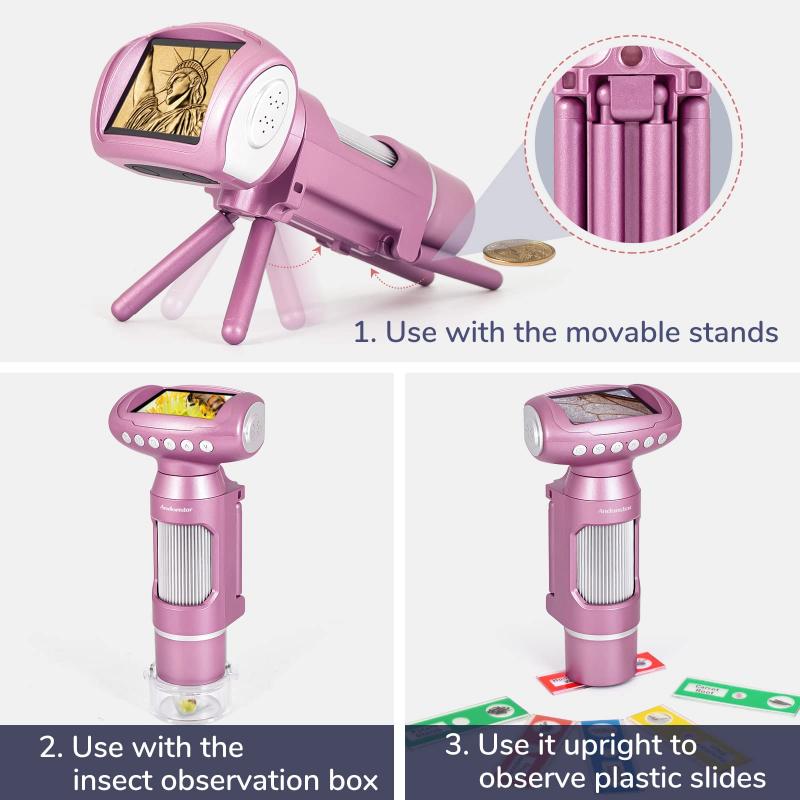
2、 Presence of specialized cell junctions in epithelial tissue
To identify epithelial tissue under a microscope, there are several key features to look for. Epithelial tissue is characterized by its tightly packed cells that form continuous sheets or layers. These cells are closely connected to each other through specialized cell junctions, which play a crucial role in maintaining the integrity and function of the tissue.
One of the most prominent types of cell junctions found in epithelial tissue is the tight junction. These junctions form a seal between adjacent cells, preventing the passage of molecules between them. Under a microscope, tight junctions appear as a continuous band-like structure encircling the cells, creating a distinct boundary.
Another type of cell junction commonly observed in epithelial tissue is the adherens junction. Adherens junctions are responsible for cell-cell adhesion and are characterized by the presence of transmembrane proteins called cadherins. These proteins connect to the actin cytoskeleton inside the cells, providing structural support. Adherens junctions can be visualized under a microscope as linear bands or spots along the cell membrane.
Desmosomes are another type of cell junction found in epithelial tissue. These junctions provide strong adhesion between cells and are particularly abundant in tissues subjected to mechanical stress. Desmosomes appear as small, button-like structures under a microscope, connecting adjacent cells through intermediate filaments.
Gap junctions are specialized cell junctions that allow direct communication between cells by forming channels for the exchange of ions and small molecules. These junctions can be identified under a microscope as small, circular structures between adjacent cells.
In recent years, advancements in microscopy techniques, such as confocal microscopy and super-resolution microscopy, have allowed for more detailed visualization of cell junctions in epithelial tissue. These techniques provide higher resolution and three-dimensional imaging, enabling researchers to study the organization and dynamics of cell junctions in greater detail.
In conclusion, the identification of epithelial tissue under a microscope involves observing the presence of specialized cell junctions, such as tight junctions, adherens junctions, desmosomes, and gap junctions. These junctions play a crucial role in maintaining the integrity and function of epithelial tissue. Advancements in microscopy techniques have further enhanced our understanding of the organization and dynamics of these cell junctions in recent years.

3、 Examination of apical surfaces and microvilli in epithelial tissue
To identify epithelial tissue under a microscope, there are several key features to look for. Epithelial tissue is composed of tightly packed cells that form continuous sheets or layers. It covers the surfaces of organs, lines body cavities, and forms glands. Here are the steps to identify epithelial tissue:
1. Prepare the tissue sample: Obtain a thin section of the tissue and mount it on a microscope slide. Stain the sample with a suitable dye, such as hematoxylin and eosin (H&E), to enhance cellular details.
2. Observe the cell arrangement: Epithelial cells are closely packed and form distinct layers. Look for a consistent pattern of cell organization, such as a single layer (simple epithelium) or multiple layers (stratified epithelium). Note the shape of the cells, which can be squamous (flat), cuboidal (cube-shaped), or columnar (tall and rectangular).
3. Examine the apical surface: The apical surface of epithelial cells faces the external environment or a body cavity. It often exhibits specialized structures like microvilli, cilia, or stereocilia. Use a higher magnification to observe these features. Microvilli are tiny, finger-like projections that increase the surface area for absorption or secretion.
4. Look for cell junctions: Epithelial cells are tightly connected to each other through specialized junctions. These include tight junctions, adherens junctions, desmosomes, and gap junctions. These junctions help maintain the integrity and function of the epithelial layer.
5. Consider the location and function: Epithelial tissue can be found in various locations throughout the body, each with specific functions. For example, simple squamous epithelium lines blood vessels and air sacs, while stratified squamous epithelium forms the outer layer of the skin. Understanding the tissue's location and function can aid in identification.
It is important to note that the latest advancements in microscopy techniques, such as confocal microscopy and electron microscopy, can provide even higher resolution and more detailed information about epithelial tissue structure and function. These techniques allow for the visualization of subcellular structures and molecular interactions within the tissue, providing a deeper understanding of epithelial biology.

4、 Identification of basal surfaces and basement membrane in epithelial tissue
To identify epithelial tissue under a microscope, there are several key features to look for. Epithelial tissue is characterized by tightly packed cells that form continuous sheets or layers. Here are the steps to identify epithelial tissue:
1. Look for a distinct arrangement of cells: Epithelial cells are closely packed together with little to no extracellular matrix between them. They form a continuous layer, often with a distinct shape such as squamous (flat), cuboidal (cube-shaped), or columnar (column-shaped).
2. Observe the presence of cell junctions: Epithelial cells are held together by specialized cell junctions, such as tight junctions, adherens junctions, and desmosomes. These junctions help maintain the integrity of the tissue and prevent the passage of substances between cells.
3. Identify the presence of a basement membrane: Epithelial tissue is anchored to a basement membrane, which is a thin layer of extracellular matrix. The basement membrane separates the epithelial tissue from underlying connective tissue and provides structural support.
4. Look for the presence of basal surfaces: Epithelial cells have distinct apical (top) and basal (bottom) surfaces. The basal surface is in contact with the basement membrane, while the apical surface faces the external environment or a lumen.
5. Observe the presence of specialized structures: Depending on the type of epithelial tissue, you may also see specialized structures such as cilia, microvilli, or goblet cells. These structures serve specific functions, such as moving mucus or increasing surface area for absorption.
It is important to note that the identification of basal surfaces and the basement membrane in epithelial tissue can be challenging under a microscope. The basement membrane may appear as a thin, pink-stained line between the epithelial tissue and underlying connective tissue. Immunohistochemical staining techniques can be used to enhance the visualization of the basement membrane.
In recent years, advancements in imaging techniques, such as confocal microscopy and electron microscopy, have provided more detailed views of epithelial tissue. These techniques allow for better visualization of the basement membrane and basal surfaces, aiding in the identification and understanding of epithelial tissue structure and function.




















